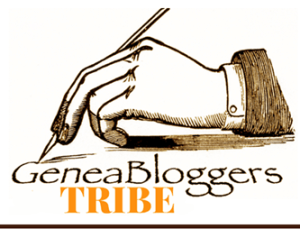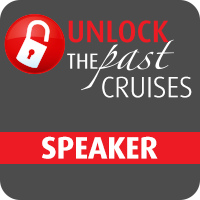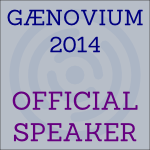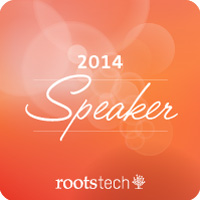Ranking Genealogy Websites - Sat, 25 Nov 2023
Here’s a fun activity.
Jarrett Ross, the @GeneaVlogger today posted a video where he ranks Genealogy Websites.
He uses an interesting site I’ve never seen before called Tiermaker to do this. The site lets you drag and drop genealogy website logos into tiers that can mean whatever you want. The site includes the category “genealogy sites” which has 52 pre-defined logos of some of most popular websites for genealogy.
Jarrett in his 3 hour video goes through the sites one by one and explains how he uses each site and decides where he plans to put them.
My Own Ranking
Jarrett debated how he wanted to rank sites and used a combination of how often he uses the site, how user friendly the website is, and how useful the site is genealogically.
I’m going to rank the sites only on how often I use the site and how useful it is to me personally. Here is how I would place them:
The “S” line for me are the sites I use the most often. The ranking then go A, B, C, D where D are sites that I use but not very often.
My go to site that I use almost every day is MyHeritage. I have a complete subscription with them, and that is where I maintain my family trees. I have their Family Tree Builder software on my desktop which I can sync with my online tree, and I have their MyHeritage app on my phone. MyHeritage has billions of records that give me hints and every day I check for them and I incorporate whatever is correct and useful into my tree.
MyHeritage’s hints include people in the WikiTree, Geni and FamilySearch family trees. So I have free accounts at those sites to view the information there.
I have a site at Ancestry as well which I have some of my tree at. My primary use there is for the records they have that MyHeritage does not, such as Canadian immigration lists, and also family trees of those who I connect to or who I DNA match.
With regards to the the DNA sites, I use Ancestry DNA the most because I have the most matches who I’m related to there, and they also have their Thru Lines. 23andMe is next. MyHeritage DNA, even though I have few matches I know, is useful for its connection to the family trees at MyHeritage. Family Tree DNA and GEDmatch are less useful to me.
The Internet Archive is an amazing site, and I use it all the time to get information from web oages that no longer exist or have changed.
Cyndi’s List is a wonderful site that I should use more often than I do.
You’ll notice I have a lot of popular sites that I never use. My personal genealogy research comes from my and my wife’s ancestors who all immigrated to Canada in the early 1900s from what is now Romania and Ukraine. So sites such as American Ancestors, Find My Past, Fold3, etc., just don’t have anything for me.
A Few Bonus Sites
I custom added these 5 sites to my list because I they are very valuable to me.
MyHeritage uses BillionGraves in its web hints, and I find most of the gravesites I need with that. I rarely use Find A Grave.
BYU TV is important because of the wonderful show Relative Race that they produce. They just finished season 12 and more seasons are expected. Watch Relative Race here.
The next logo is for Tamura Jones’ Modern Software Experience site. Tamura is a genealogy and technology expert, and the best technical articles about GEDCOM and genealogy software can be found there.
I’ve added Microsoft Bing, because the default list only had Google. I use Bing first and only if I don’t find what I want or I need a specialty search, then I go to Google.
Finally, Legacy Family Tree Webinars deserves mention. They have over 2,100 webinars recorded and they are all free when they are first broadcast. I watch several dozen of their webinars every year.
Try It Yourself
The Tiermaker site with the 52 pre-defined genealogy logos ready for you to rank is available here: https://tiermaker.com/create/genealogy-sites-15434469.





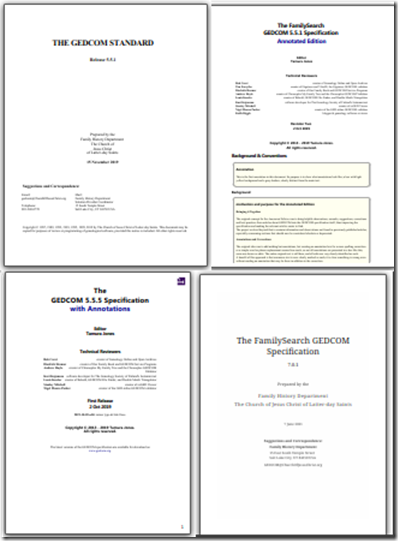
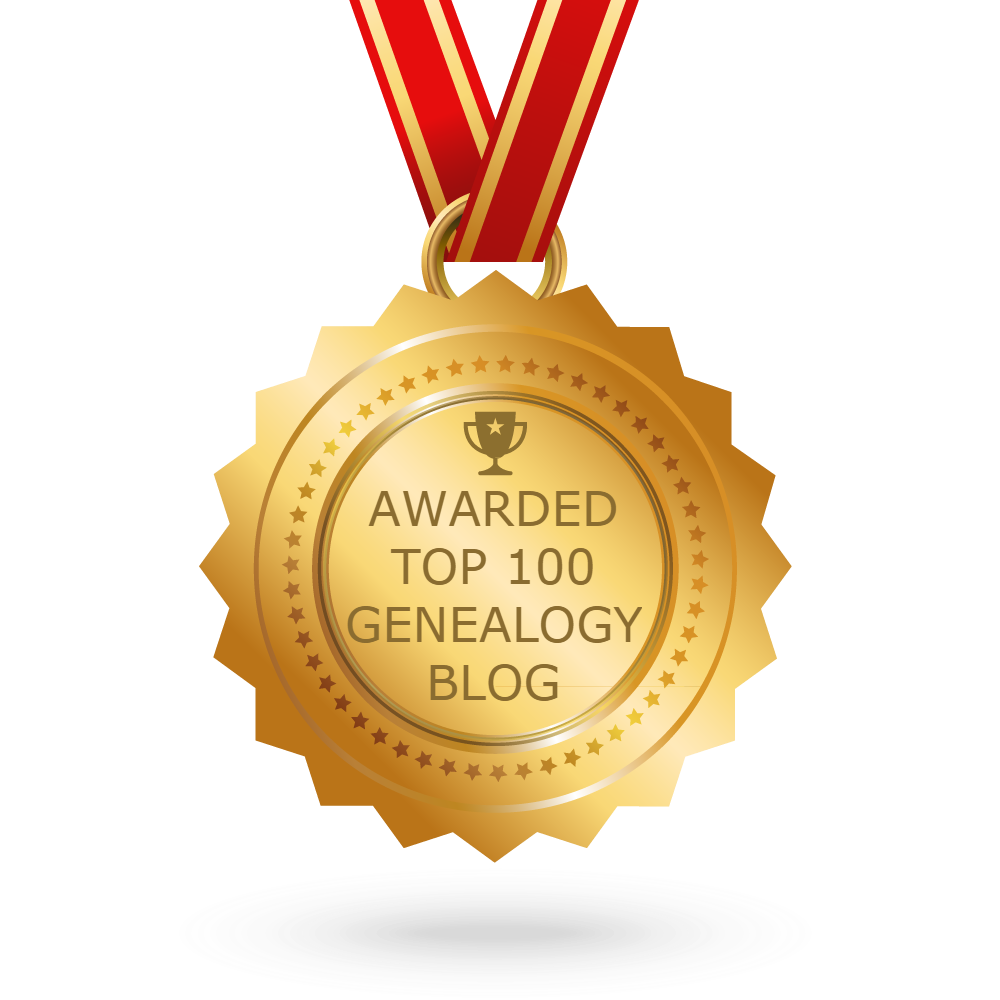 Feedspot 100 Best Genealogy Blogs
Feedspot 100 Best Genealogy Blogs